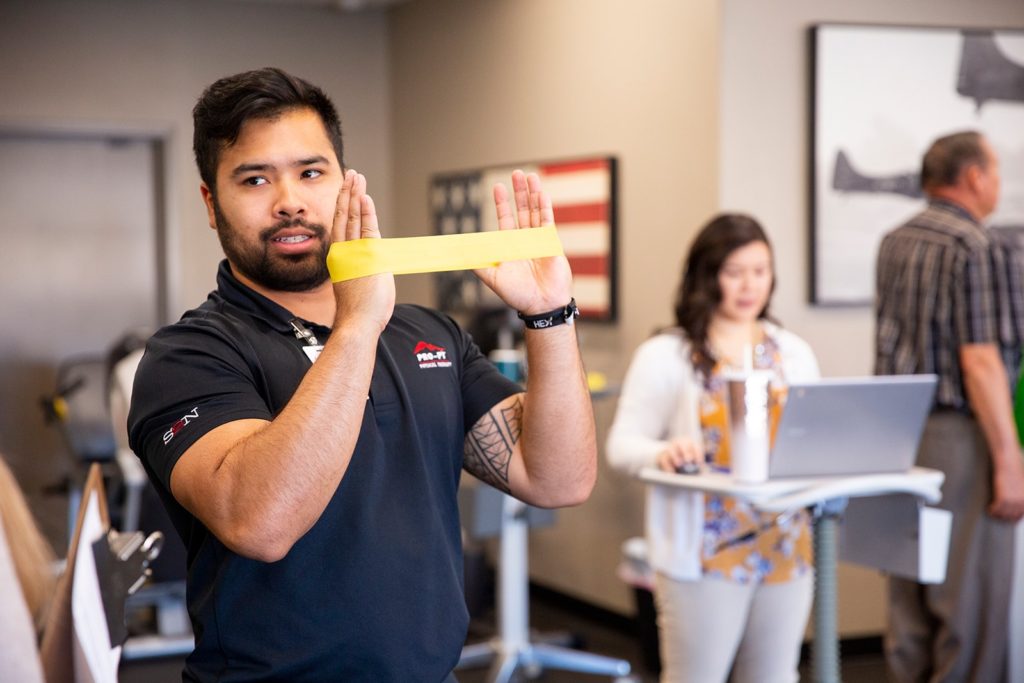Efficient Methods to Minimize the Risk of Sudden Injuries in Sports Via Targeted Preventative Tactics
Efficient Methods to Minimize the Risk of Sudden Injuries in Sports Via Targeted Preventative Tactics
Blog Article

Sudden injuries in sports can occur unexpectedly and frequently lead to critical problems for athletes. These injuries can vary from twists and tears to breaks and concussions. To help prevent these traumas, it is crucial to adopt focused preventive strategies. These strategies concentrate on awareness, proper preparation, gear use, and overall well-being maintenance. By tackling these key areas, athletes can significantly lower their chances of suffering from acute injuries while participating in their beloved activities.
One successful method to minimizing the risk of injuries is through instruction. Players, trainers, and parents should be informed about the typical types of injuries associated with particular activities. Comprehending the mechanics of these injuries allows all involved to identify the signs and symptoms early. Educational workshops or seminars can help teach players about correct techniques and the importance of warming up before games or training sessions. This understanding empowers athletes to take charge for their safety and encourages them to communicate any worries about potential injuries.
Another crucial protective strategy is proper preparation. Players should engage in a well-rounded training program that focuses on building strength, flexibility, and endurance. Strength conditioning assists build the muscles that support joints, lowering the chances of traumas. Flexibility routines, such as elongating, can enhance the range of motion and reduce the risk of muscle strains. Additionally, athletes should integrate sport-specific drills that simulate game scenarios, which can assist them become more familiar with the actions involved in their selected sport. Coaches play a vital role in designing and executing these training programs to ensure they are safe and efficient.
The click this use of appropriate equipment is also essential in reducing acute injuries in sports. Players should consistently wear the right gear for their particular sport, including helmets, pads, and suitable footwear. For instance, gridiron players need helmets to shield against head traumas, while soccer players require shin guards to protect their legs from collision. It is essential that gear fits properly and is maintained regularly to ensure it provides the necessary safeguarding. Coaches and parents should motivate players to take the time to choose and use the appropriate equipment to reduce their risk of trauma.
In addition education, preparation, and gear, upholding overall well-being is essential for injury avoidance. Athletes should emphasize proper nutrition, hydration, and rest to keep their bodies in top shape. A nutritious diet rich in vitamins and minerals aids support muscle recovery and overall athletic performance. Staying hydrated is also crucial, as dehydration can lead to exhaustion and increase the risk of traumas. Lastly, achieving enough sleep is crucial for recovery and maintaining focus during practices and matches. By promoting good well-being habits, athletes can enhance their performance and lower their chances of suffering from acute traumas.
In conclusion, reducing the risk of acute injuries in sports requires a multifaceted approach that includes education, proper training, appropriate equipment, and overall health maintenance. By focusing on these specific protective strategies, players can more effectively protect themselves from the dangers of traumas. Trainers, guardians, and players all have vital roles to fulfill in creating a secure sports environment. By working together and prioritizing protection, the pleasure of athletics can persist without the disruption of serious traumas.